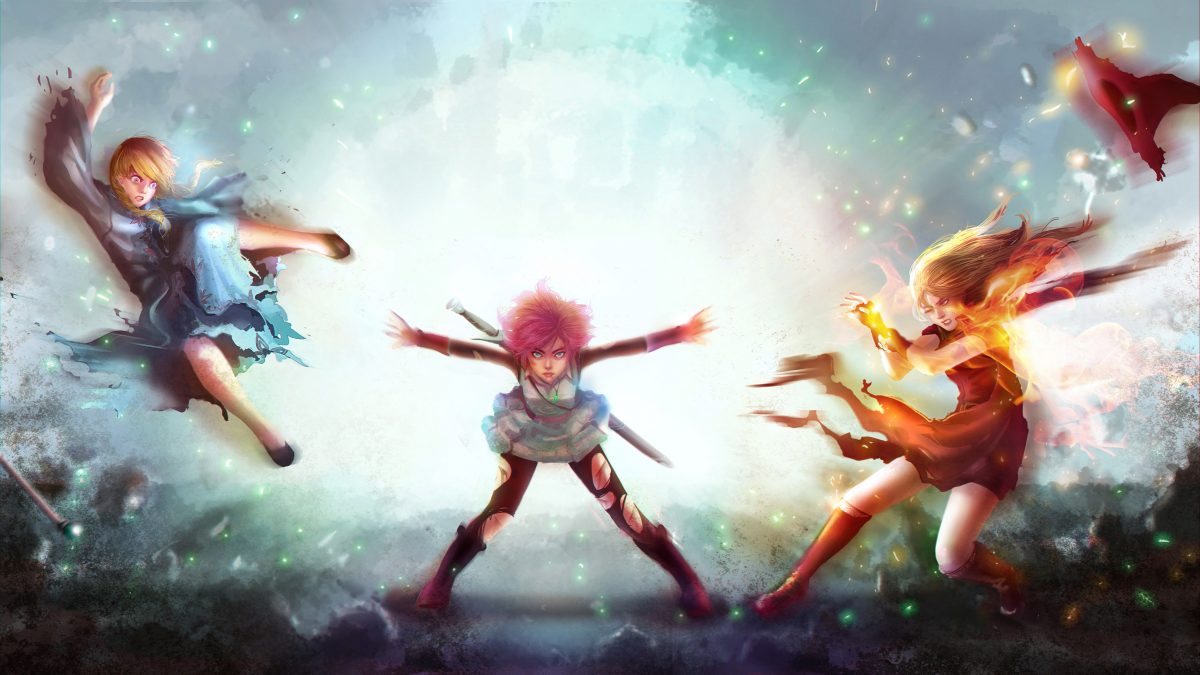From Disco Elysium to Red Dead Redemption to Elden Ring, Role Playing Games (RPG) are perhaps the most played, most varied, and most immersive type of game there is. But what makes them that way? Let’s take a look under the hood of the RPG to find the five essential components which make a great RPG.
1. Immersive Setting
Before the player arrives in an RPG, the player should already feel its vibrant welcome. The Elder Scrolls is perhaps the most expansive example of this. The series has incredibly extensive backstories which dive into different worlds, races, religions, factions, hopes, and dreams.
But far from being an obscured history, the history of The Elder Scrolls is worn on its sleeve, offered up to the player at every twist and turn. Whether you’re diving into an old ruin or flicking through books, The Elder Scrolls is draped in the history of its world. Players can immerse themselves in a living, breathing universe—instead of just playing a game.
2. Interesting Story and Engaging Plot
A backstory may help bring players into a universe, but it doesn’t keep them there. That’s where the story and plot come in. Although many players will lump story and plot together, there’s a key difference between the two.
The story is the overarching tale of events that happens throughout a game. For instance, the story of Elden Ring is that of the player becoming the next Elden Lord.
On the other hand, the plot is how that story is presented throughout the game. Encompassing everything from the order of events to the minutia of the dialogue and player choices throughout the game.
An RPG can have an awesome story with a mediocre plot or vice versa, but to be a truly great RPG it’ll need to have both.


3. Player Agency
RPGs are about playing a role, but any player knows that it’s really about playing the role you (the player) want to play. In other words, there isn’t a one-size-fits-all approach to RPG design. Different players will want to engage with different things. Some might love large-scale firefights, while others like stealth, and some prefer to resolve conflict through dialogue only.
Of course, any game is going to funnel you into some type of gameplay loop—but the key to excellent game design is to allow the player some agency in how they navigate that gameplay loop. Or, in the most masterful cases, convincing the player they had agency when their decisions didn’t really make a difference.
Differences can come in many different forms. But the most common are narrative choices, a variety of tools, skills, or ways to approach the same problem, and character customization.
4. Variety
The spice of life is also the spice of gaming. In the RPG, variety can take a bunch of different forms. But the most important is a variety of gameplay. After all, few players will stay hooked if they’re simply repeating the same actions for hours on end.
Most RPGs present variety through different quest types. Including focuses on combat, dialogue, navigation, and game-specific systems. Variety can also come in the form of player customization. Offering up a variety of visuals for weapons, armor, and interactable can bring players into the experience by customizing the look and feel of their character. What’s more, these can then be gated behind some kind of gameplay system (either quests or resource-attainment) in order to create a further variety of missions for the player to embark on.
Ultimately, players want, and expect variety. But do remember, smaller games won’t have the same level of variety as larger experiences. After all, you don’t want your variety to confuse players, you want it to be the spice on top of your already exciting game.
5. Careful Pacing
Looking back at the four points we’ve already above, one feature which has a huge impact on all of them is pacing.
Good pacing draws players into an engaging setting through an immersive plot. It gives players enough agency and variety to make the experience their own. Poor pacing will swamp a player with information about a game world. It then makes players repeat tedious gameplay loops and barrages them with endless plot-heavy text.
Good pacing is something that’s hard to put your finger on, but the fundamental of pacing is distributing varied content over long periods. In the RPG, in particular, this is then supplemented by allowing the player to choose which parts they want to engage with more.
For example, you may have a main quest and side quests. If the player is engaged in the plot, you’ll want to let them continue the main quest, but if they want to upgrade themselves, explore the setting and learn about the game world’s history you’ll want to let them progress through side quests. Doing both without ever locking the player into doing something they don’t want to be tough. But it lies at the heart of most good RPGs.
The RPG genre is tough for many reasons, but due to its popularity, it’s no doubt that the market will be filled with more and more quality RPGs over the years. Perhaps you may even develop the next big hitter. Who knows?


